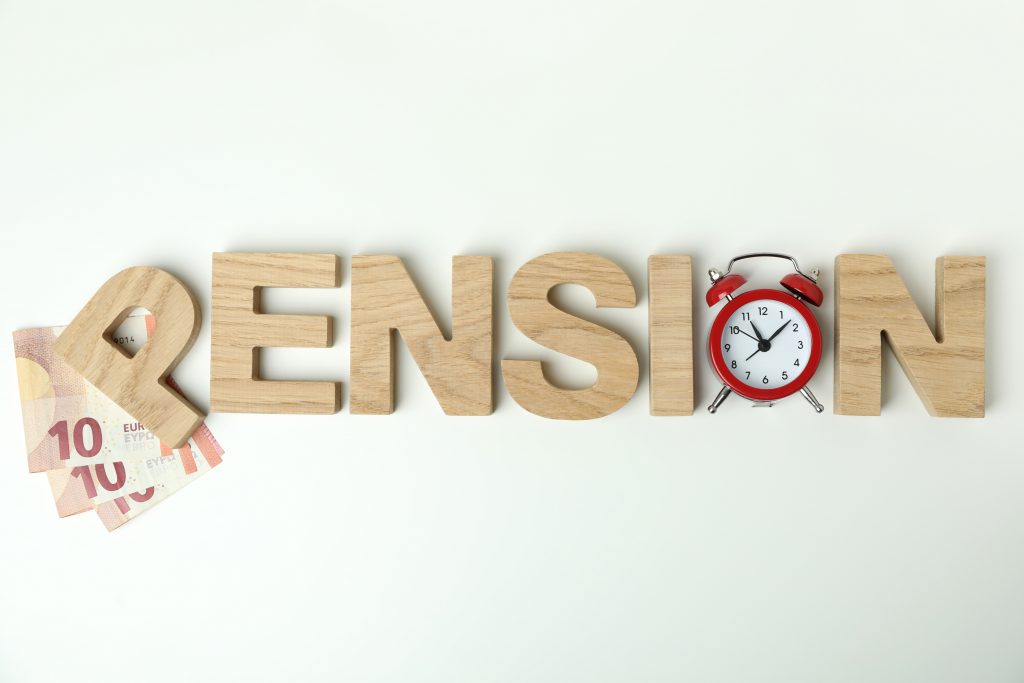The key to having a comfortable retirement is picking the right pension plan. There are many things you need to consider before making your decision, and not all of them are easy to understand.
In this blog post, we will go over some of the most important considerations you should make when choosing a pension plan.
We’ll also discuss how the different types of pensions compare against one another in terms of what they offer for their members. So, let us get started right away.
Why Do You Need a Pension Plan?
Before we dive deep into discussing the critical factors you need to consider when choosing a pension plan, it’s important to understand why you need one in the first place. The answer is pretty simple: because retirement can be expensive.
In general, people spend the majority of their lives working and earning a steady income. Working provides us with a stable source of money that allows us to pay for our basic necessities such as food and shelter.
But when we retire, this becomes much more difficult because most retirees no longer have an active income. This means they must start drawing upon the money they saved up throughout their working lives.

And what happens if that money runs out? If your pension plan provides you with a steady stream of income, then this risk is mitigated to some degree as you will continue receiving payouts from it (the exact terms and conditions for each type of pension vary).
But even those whose pension plans do not provide them with a guaranteed income must still consider how much they will need to live on when their working lives are over.
What Types of Pension Plans Exist
There are two main types of pension plans. These are defined benefit (DB) and defined contribution (DC). The other kind, the hybrid plan, is less common but will be discussed briefly for completeness’s sake.
We’ll go through each one in turn below to give you an idea of what each entails.
1. Defined Contribution Pension Plans (DC)
In a defined contribution pension plan, the plan member is responsible for allocating their own funds into different investments. In many cases, these contributions are managed by an outside party such as an investment firm or another third-party organization specializing in this field.
The advantage of a defined contribution plan is that the member has total control over their funds. They can choose to invest in whatever they want and take on as much risk or reward potential as they please.
However, this means that there are no guarantees about how large your final payout will be – it all depends on the kind of investments you make throughout your working life.
2. Defined Benefit Pension Plans (DB)
The other type of pension plan is the defined benefit one. As you might have guessed, this kind works in reverse by providing a set amount each month to its members regardless of their investment performance or whether they contributed anything at all.
It means that there are no risks involved because the member does not shoulder them themselves.
The main drawback to this type of pension plan is that it can be quite expensive for employers because they are responsible for guaranteeing certain payouts each month even if their investments fall short or go completely south.
3. Hybrid Pension Plans (HP)
We also have hybrid plans which straddle the line between defined benefit and defined contribution plans. These are pretty rare but have been growing in popularity over the past few years as people seek to find ways of bridging that gap.
How Much You Need To Save for Retirement
So, now you know about all the different types of pension plans available to workers today. The next thing you need to know is how much it will cost you to maintain a retirement lifestyle of your choice.
And that’s where the magic number of 25 times your annual income comes in handy because it means you must save at least this amount throughout your life if you want to retire with sufficient savings for comfort.

However, make sure not to take this as a hard-and-fast rule because the amount you need to save will vary depending on your current income level, where you live, what kind of lifestyle you want in retirement, and many other factors.
Here is a comprehensive post we already did on how much you need to save for retirement.
What to Look for in a Pension Plan
So, what factors should you look out for when choosing a pension plan? Here are some things that you want to take into consideration:
1. Rate of Return
First and foremost, you need to look for a plan that provides healthy returns on your investments. A good rule of thumb is that if it doesn’t provide at least five percent per year, you should keep looking because anything less than this will not make sense over the long term.
2. Guaranteed Income
The next thing you want to look at is whether your income will be guaranteed over the long term. This can get a little complicated because some pension plans might provide reasonable returns but come with caveats, such as not being able to draw all of their funds for a certain number of years or even decades after becoming members.
So, you need to weigh up whether this is a deal-breaker depending on your particular circumstances.
If you are still young, then it might not matter that much because you have plenty of time ahead of you, but if you are in retirement or fast approaching it, then the lack of guaranteed income could be catastrophic for your financial well-being.
3. Risk vs. Reward
Next, you need to decide how much risk you want your pension plan to take on.
Most members tend to fall into one of three camps: conservative investors who prefer low-risk investments such as cash and government bonds; moderate investors who like a balanced portfolio with some high risks/high returns assets thrown in for good measure; or aggressive investors who prefer high-risk/high return assets like derivatives and shares.

Typically, the more risk you take with your investments, the greater potential returns you will earn in exchange (although this is not always true).
So if you are looking for higher rewards but can tolerate some losses along the way, then it makes sense to adopt an aggressive investment strategy.
4. Transparency
It’s important to look for a pension plan that is transparent with its reporting. A good place to start would be whether the plans provide annual statements on your investment performance so you can see how much money you have made or lost over time.
If they don’t, it might indicate that the company doesn’t want individual members to know what’s going on with their investments. This might not be a deal-breaker, but it’s something you should consider when making your decision.
It also makes sense to look for plans that provide up-to-date information on current market conditions so members can adjust their investment strategy accordingly and potentially mitigate losses or take advantage of opportunities in the market as they arise.
5. Fund Options Available
Finally, it is critical to look at the different funds that are available for members to invest in. Generally speaking, there will be several options ranging from conservative and risky investments to guaranteed income products such as annuities.
It’s important to look at what is on offer and how easy it is for members to switch between these investment choices so they can change their strategy over time as the market conditions dictate.
Summary
Choosing a pension plan can be quite challenging because a simple mistake can ruin your entire retirement life. Some of the factors that you should look out for when choosing a pension plan include healthy returns on investment, guaranteed income, risk vs. reward ratio, and transparency.
In addition to this, it’s also important to look for plans that provide fund options with easy investments from members as well as up-to-date market information, which can help you make informed decisions.
All in all, choosing a pension plan is not an easy task. You need to consider your own needs and what kind of lifestyle you want to live in retirement, then consider how much risk (or guaranteed income) you can tolerate before making up your mind.
A good pension plan should work for you, so take your time and don’t rush into any decisions as this could lead to poor results in the long run.



